Your donation will support the student journalists of Salem High School - MI. Your contribution will allow us to purchase equipment and cover our annual website hosting costs.
Lucky in the end: shrines, religion and New Years’ traditions in Nagasaki
January 28, 2023
I look into the clear water and grab the bamboo ladle with my right hand, filling the small circular container attached to the ladle’s long handle with water. The water falls from the ladle into my left hand and sends a shiver through my body. The air is cold, and the added frigidness from the water makes me miss the warmth of the indoors. I pour the water into my other hand and set the ladle down. I rub my hands together to cleanse them. As I walk away from the water pavilion, the air bites as the chilly January breeze blows. I make my way over to the offering box at the haiden, or worship hall.
Once I approach the box, I toss a five yen coin, around four cents USD, into the box, around. Clank. The coin hits the bottom. I bow twice, hoping to achieve a 90-degree angle. Clap. Clap. I bring my hands together once again to pray and thank the gods. After I have paid my respects, I bow once more.
Shrines are an important part of Japanese culture and are one of the many things that foreigners associate with Japan.
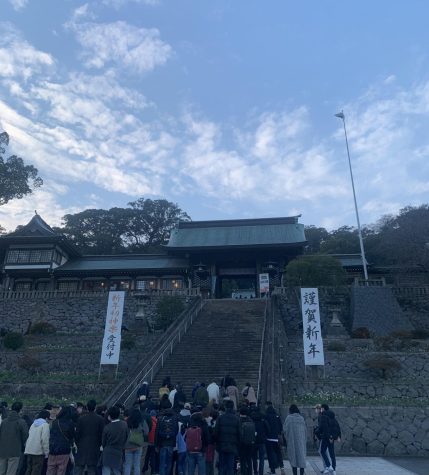
Suwa Shrine, the largest Shinto shrine in Nagasaki, attracts many local visitors.
To many in the nation, religion does not play a large role in day-to-day life, meaning that shrine visits often indicate that a special event or special birthday is going to occur. Among students, common reasons to visit include upcoming tests or prayers for good luck; however, not all Japanese visit shrines regularly.
Unlike many other parts of Japan, Nagasaki has a large population of Christians. Many churches, private Christian schools and more can be found within the city. Shrines, originating from the Japanese philosophy of Shinto, and temples, originating from Buddhist beliefs, can also be found. Shinto and Buddhism have coexisted for thousands of years. Despite people’s differences and religious affiliations, anyone is welcome to visit and pray at temples and shrines.
Another common reason for visiting a shrine is to celebrate holidays, such as New Year’s.
The main New Year’s celebrations occur from January 1-3. During New Year’s celebrations, shrines often offer street food, fortune telling slips called omikuji and other Japanese sweets and New Year’s goods.
In addition to the celebration, Japan also has many different New Year’s traditions, like eating special foods such as osechi ryori (boxed food, each food with its own meaning), hatsumode (visiting shrines) and much more.
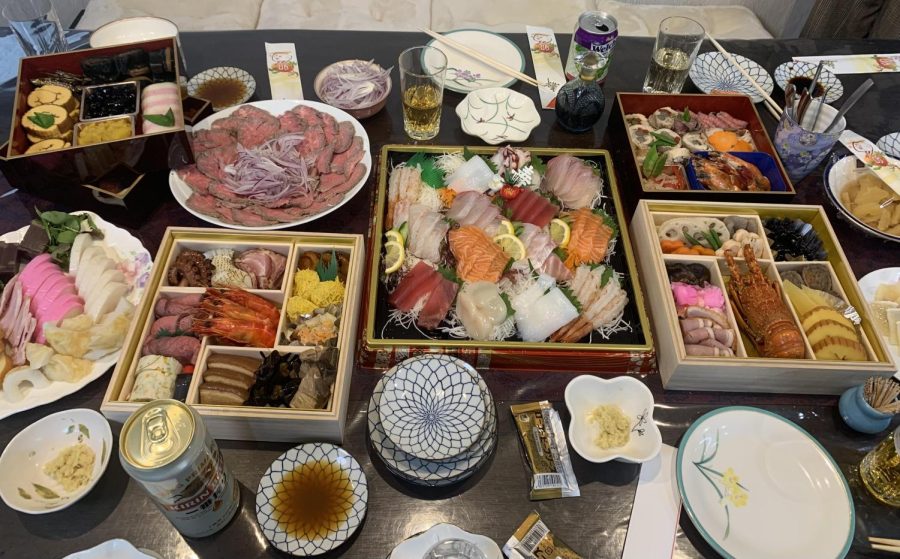
I bought omikuji at Suwa Shrine and was surprised to read my fortune. I ripped the seal on the folded piece of paper, anxious to see my results. Unrolling the folded paper eagerly, I began to read.
“Trip: do not go. Message: will not arrive,” I read to myself as I scanned the piece of paper. It looks like the New Year is starting out good, I thought with a nervous laugh. As I continued to read, it became clear that although my luck is low currently, I will be “lucky in the end.” Even if omikuji is just a piece of fortune-telling paper, it is reassuring to get reminders that your luck will increase in due time.
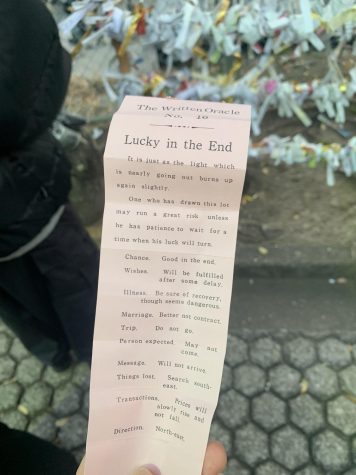
After people open omikuji and read their fortunes, they tie the piece of paper to a structure provided by the shrine. Suwa Shrine has a wooden structure with ropes connecting the two sides of the structure, which can be used to tie the omikuji.
When visiting a shrine, there are a few steps to follow that will allow you to pray respectfully and in a way that will enhance your experience.
Cleanse yourself.
It is important to cleanse yourself before praying at a shrine. Every shrine’s water pavilion looks a bit different, but generally speaking, each has the same basic structure. Washing your hands and your mouth with the water is a respectful way to cleanse yourself. There is usually a ladle provided at the temizu-ya, or water pavilion, which can be used to pour the water into your hands and mouth, but you must keep the ladle out of your mouth. Due to COVID-19, many shrines stopped providing this cleansing service until recently in order to keep cases of the virus to a minimum.
Throw a coin into the offering box.
“Go-en,” the pronunciation of “5 yen,” can also mean fate or destiny. The coin that you throw does not always have to be 5 yen, but it is said to give you luck. Occasionally, shrines will also have a bell which should be rung twice before performing steps three to six.
Bow twice.
Although this process may seem difficult to remember, it is important to respect the culture of Japan. There is no need to rush the process, so while you bow and execute other steps, take your time and stay present.
Clap twice.
Clapping is said to ward off evil spirits and invoke the gods. If you do not make noise when clapping, it may be misinterpreted as avoiding warding off such spirits.
Pray.
While no one can determine what you pray for, it is respectful to thank the gods during your short prayers.
Bow deeply once more.
The last bow signifies that you are done with your prayers.
Once you have completed these six steps, you can leave the shrine with hope and happiness for the future. As you enter and leave the shrine, it is also polite to bow as you enter or exit the torii gates to announce your presence and thank the gods for their hospitality.
Japanese culture and learning about how other countries welcome the New Year is very interesting. As 2023 starts, we can all learn from Japanese culture and shrine visiting by remembering to be thankful, curious, and respectful.
Grace Ridpath is a junior from Salem High School, and currently a foreign exchange student in Japan.
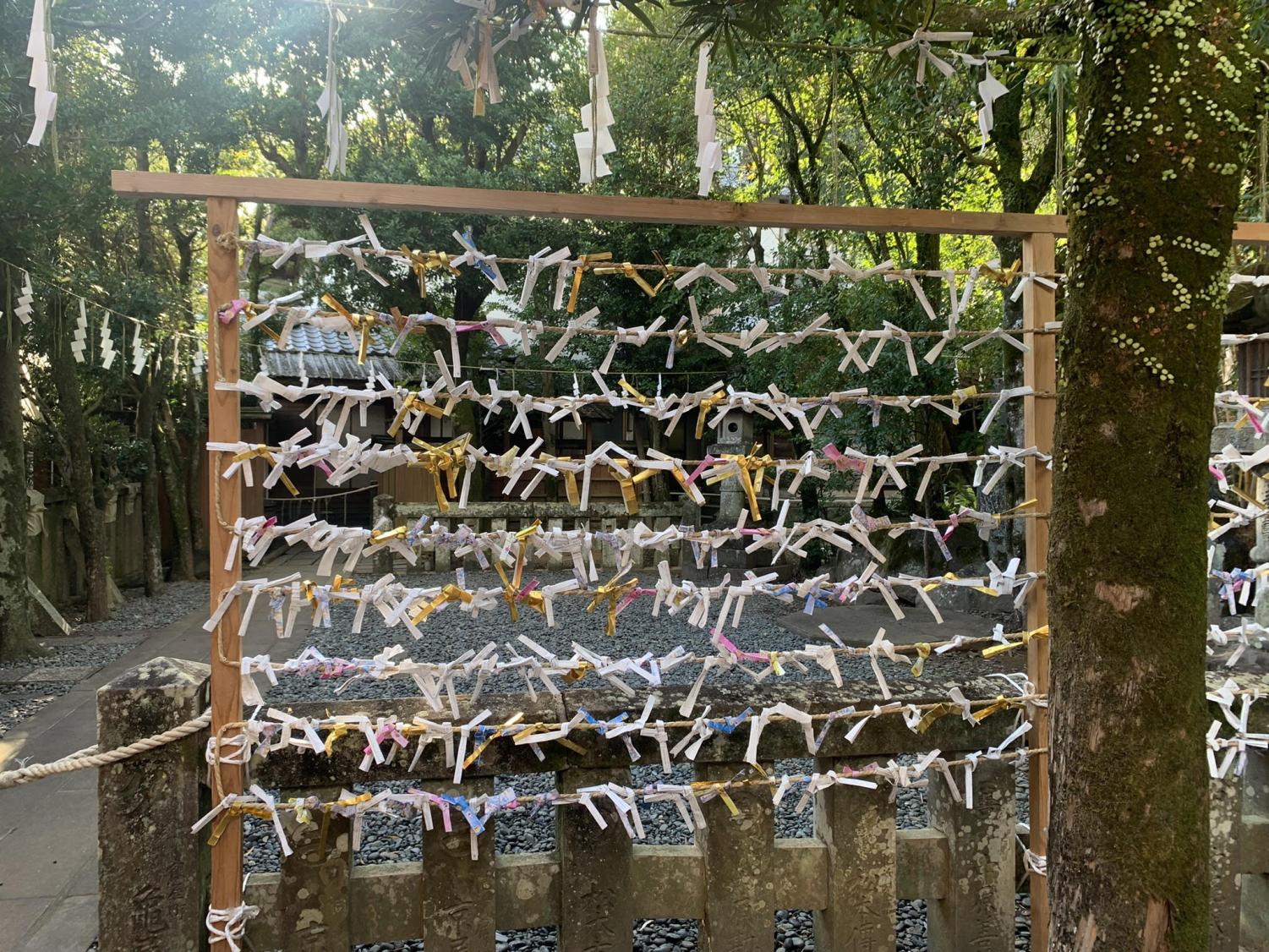
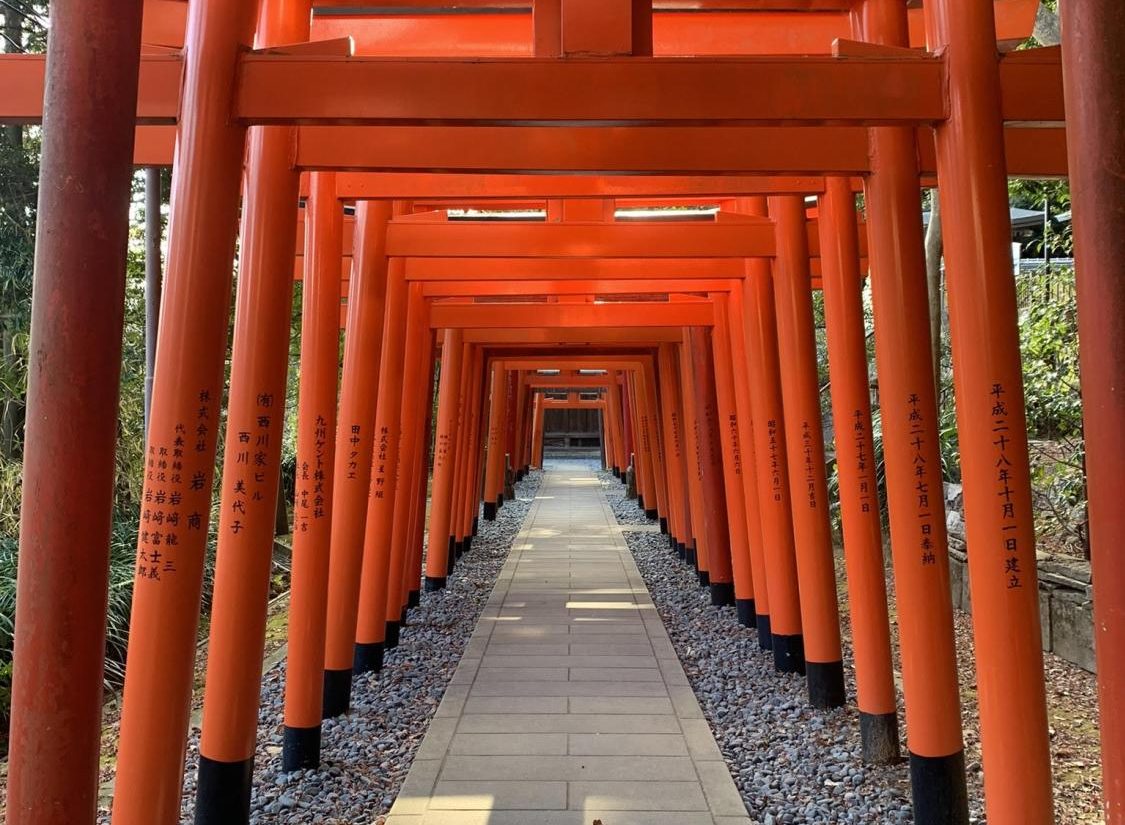
Ruth Steele • Jan 30, 2023 at 10:18 am
Thank you so much for sharing this experience with us. The information and photos really capture the importance of the day and the celebration of the New Year. It sounds like you hare having a wonderful time and experiencing many meaningful things. Enjoy!